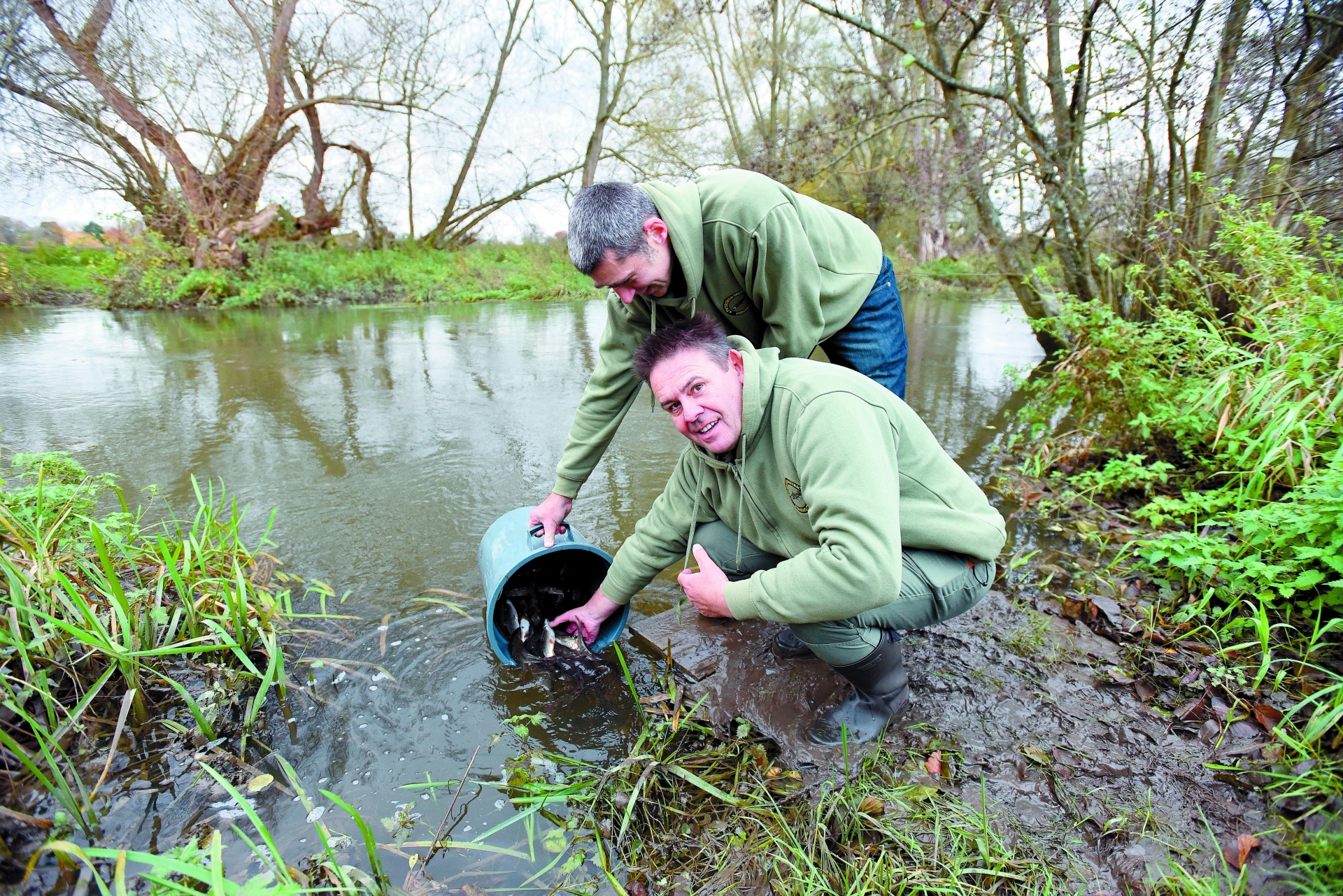Twyford & District Fishing Club working to revitalise St Patrick's Stream
Twyford and District Fishing Club has been embarking on a restoration project of St Patrick's Stream and has also restocked the stream with more than 1,000 fish. Reporter Jade Kidd spoke to those involved in the project to find out more about the scheme and the improvements being made.
03:40PM, Friday 15 December 2023

Restoring and improving the condition of a stream near Twyford has been the top priority of the village’s fishing club.
For a number of years, members of Twyford & District Fishing Club (TDFC) have been on a quest to breathe new life into St Patrick’s Stream, a waterway which runs between the River Thames and the River Loddon.
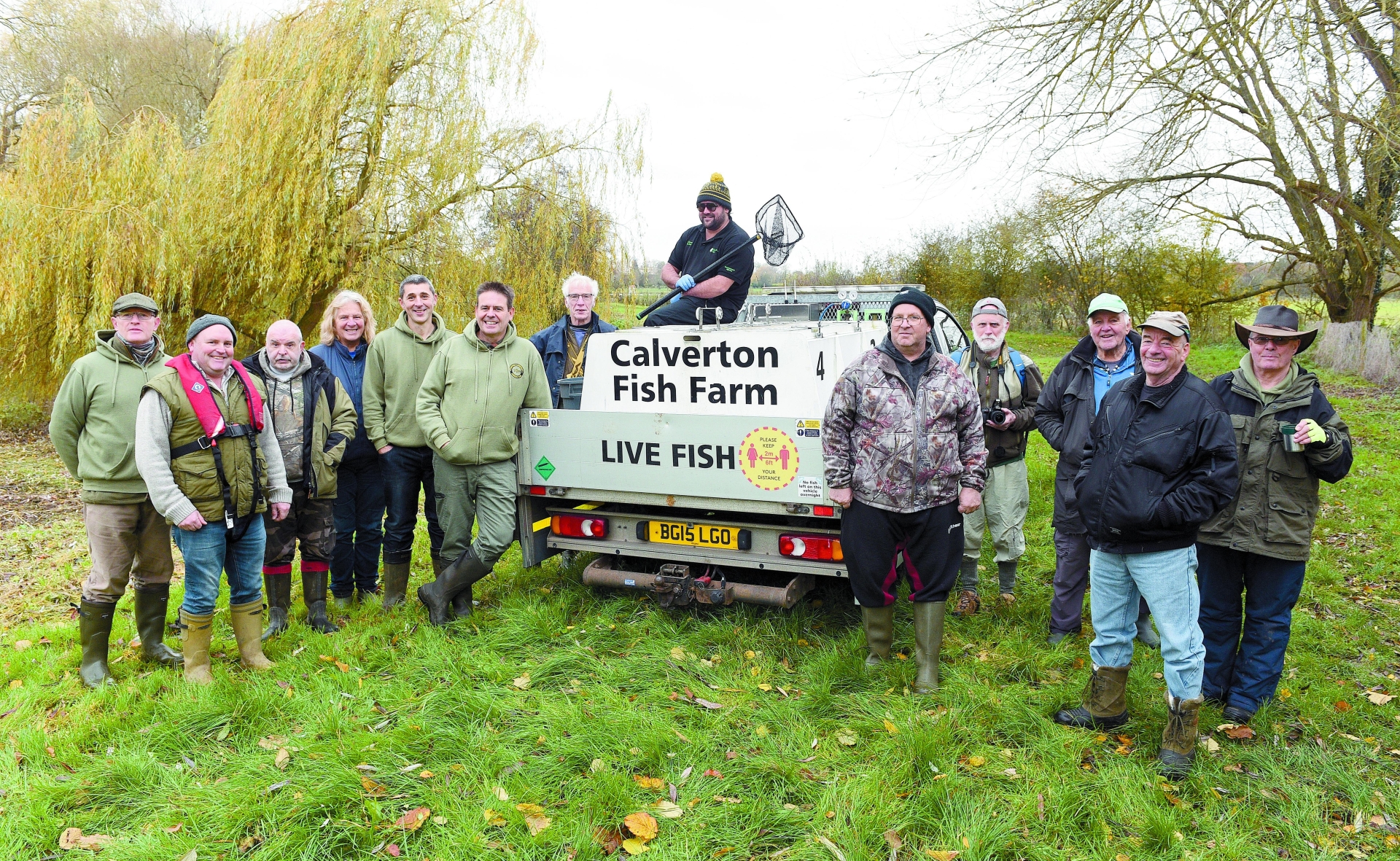
The club, which has existed since 1932, has been working with both the Environment Agency and Loddon Fisheries and Conservation Consultative (LFCC) on habitat and rewilding restoration works and restocking the stream with more than 1,000 fish.
Club chairman Steve Dunbar has been a member for 40 years and said he has seen a lot of changes over that time.
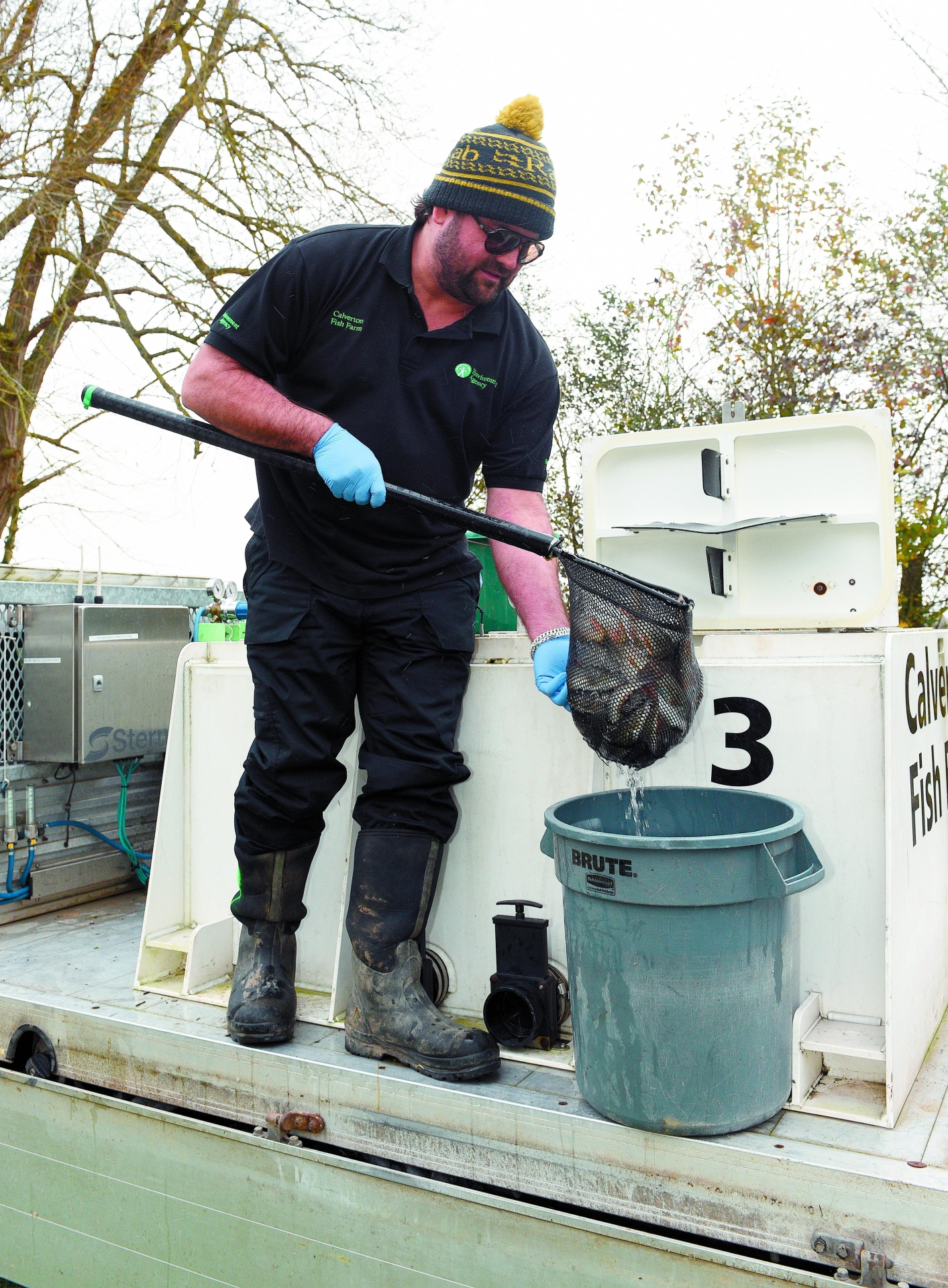
He said: “What we’ve seen – and it’s multi-faceted – is that because of a lot of activity on the River Thames, where the flow is being controlled, that impacts the side rivers of the Thames and the flow that goes into them.”
He said this causes silting, and this leads to more weeds and invasive species growing in the gravel at the bed of stream, which further clogs up the system.

There are certain species of fish that need fast-flowing gravel to live.
Steve said: “The impact over the last 25 years has been quite astonishing really.
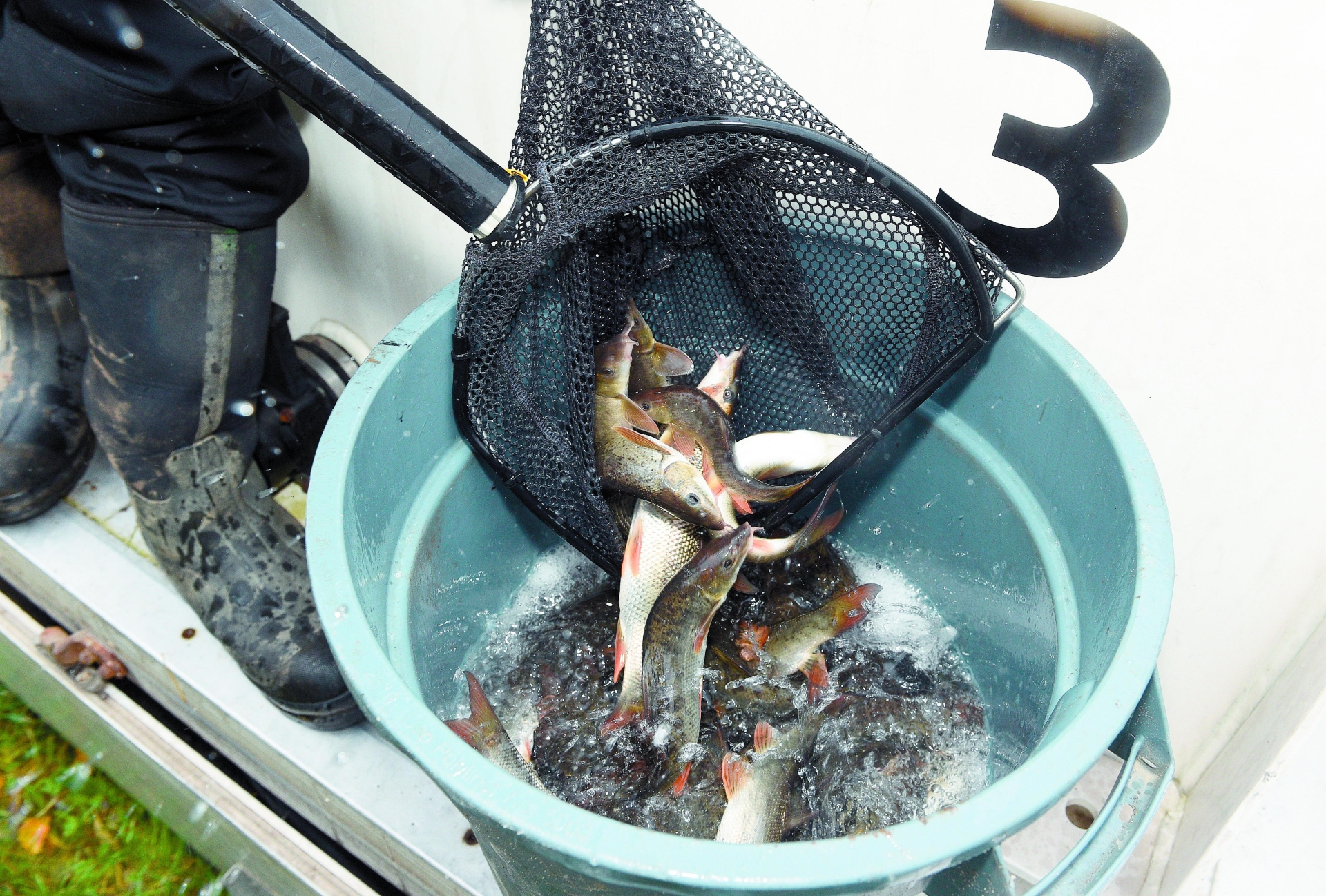
“You’d be up there and there’d be all sorts of fish spawning during April and May and we don’t really see that happening any more.”
He attributes this to a range of issues including climate change, a larger population, more water extraction and invasive species.
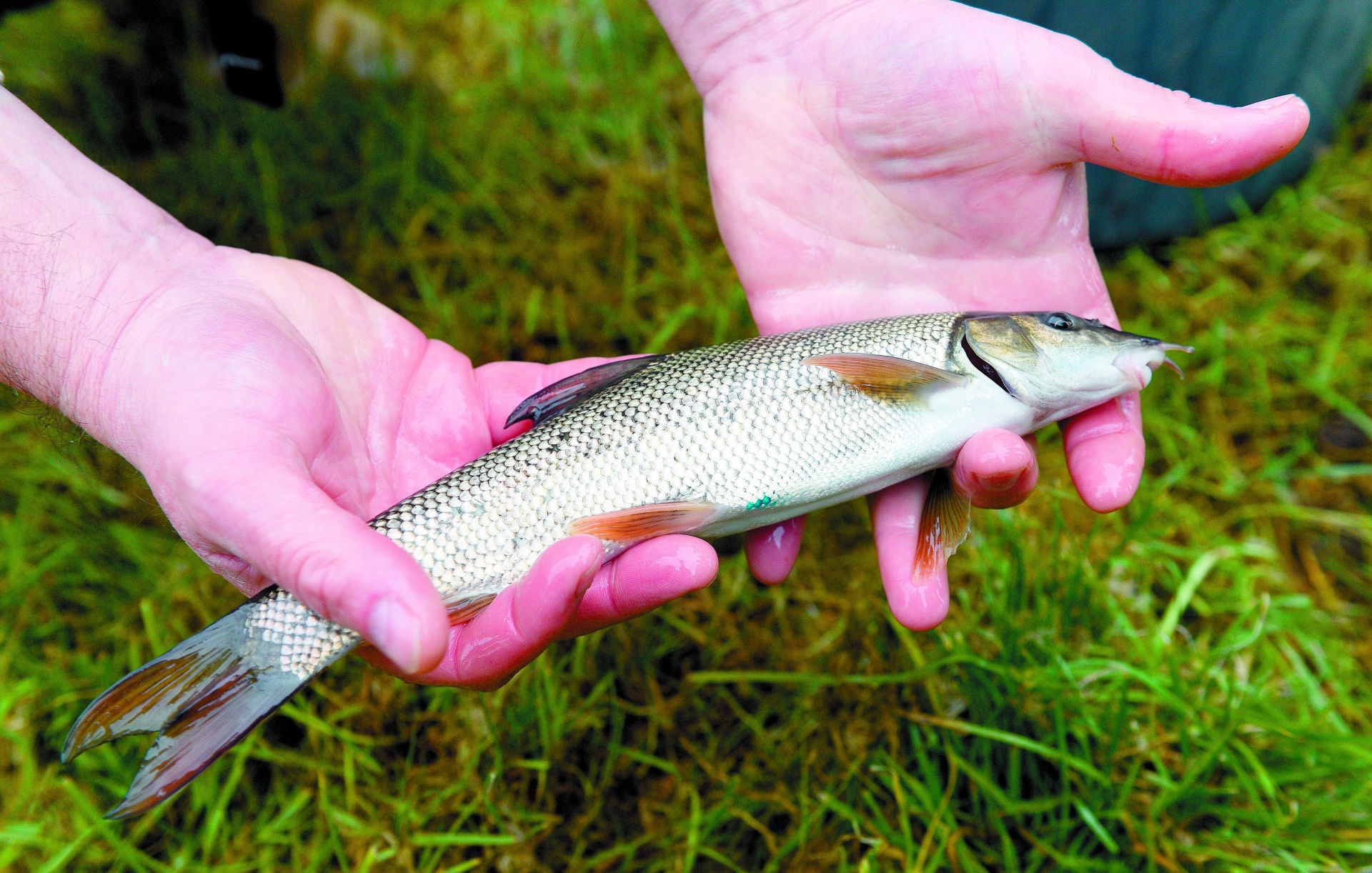
As part of the restoration work, the team has been trying to improve the flow of the river by inserting dead wood and woody debris, called faggots, which create a hard bank – narrowing the river at key points and making it faster.
“That cleans the riverbed at the pinch points, causing the bottom to be cleaner,” said Steve.
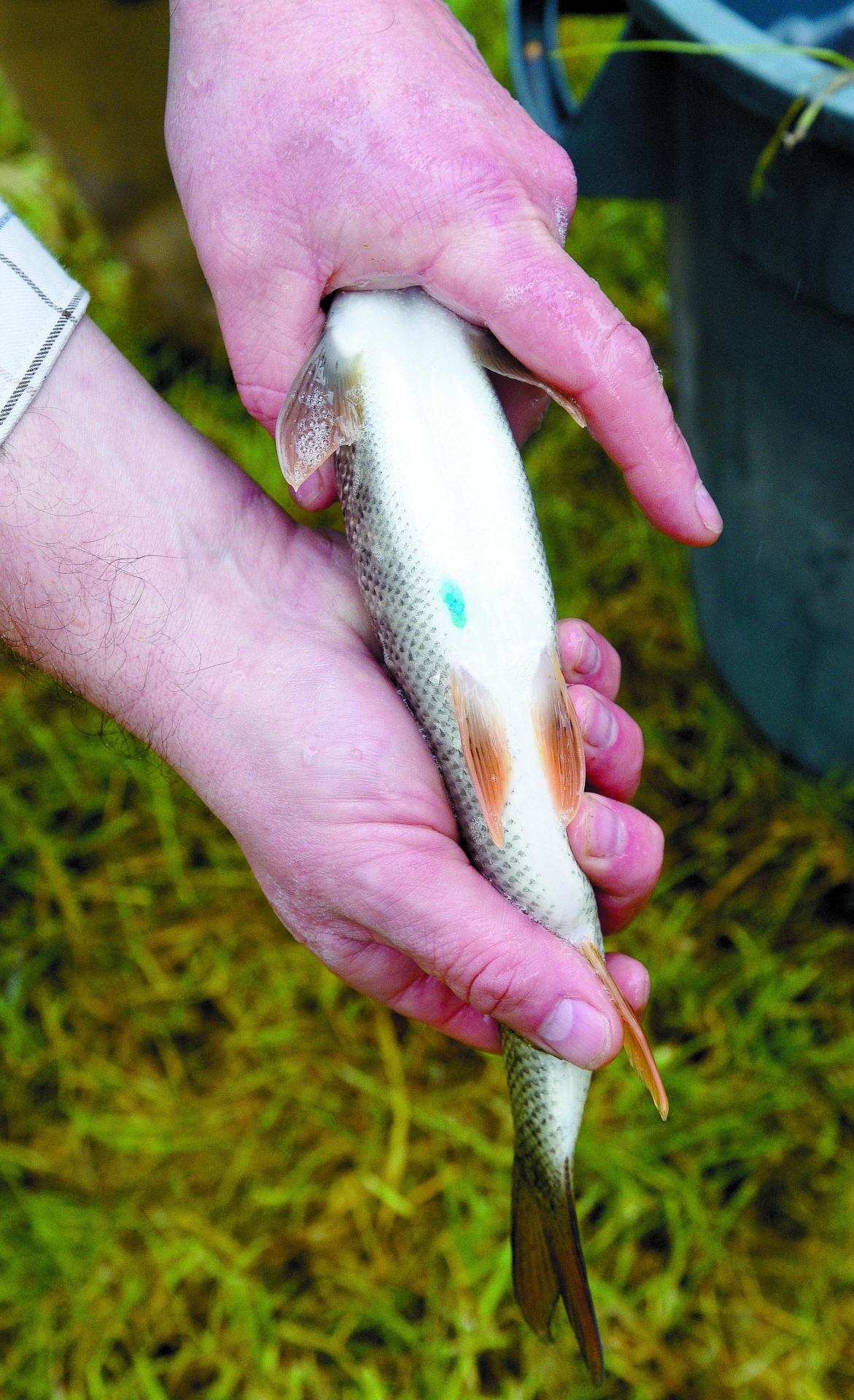
Steve explained that the Environment Agency and LFCC provide advice on putting more meanders and bends into the river.
Another part of the work has been adding gravel to the riverbed to improve reproductive facilities for fish.
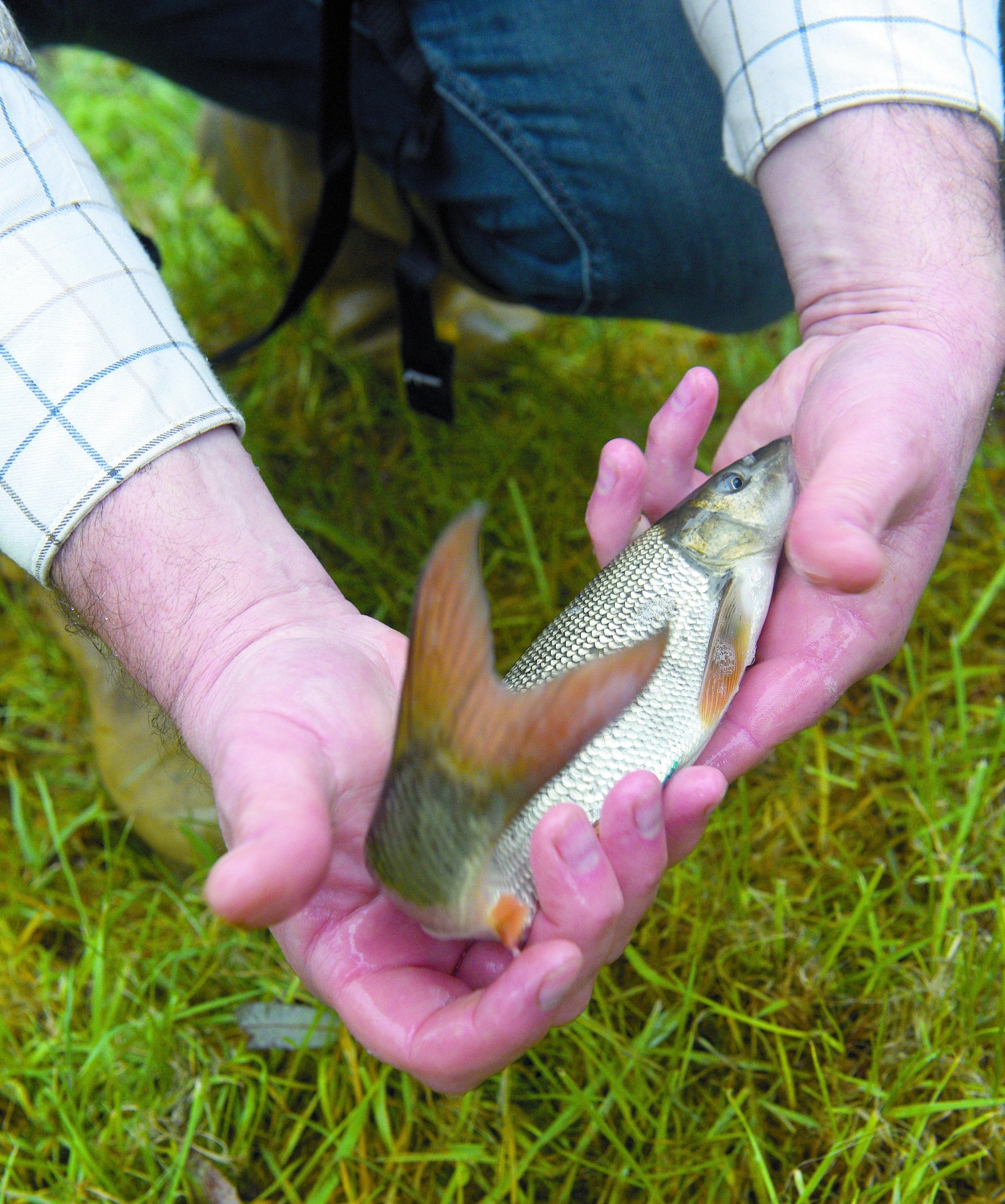
When certain fish, including barbel, spawn, their eggs need to drop between the gravel and hatch, but when the gravel is compacted this cannot be done and as a result the eggs do not fertilise properly, and they do not survive.
Due to this, stocks of fish have been decreasing over time. Steve said the Environment Agency has been ‘passionate’ about restoring existing gravel areas – which St Patrick’s Stream has several of.
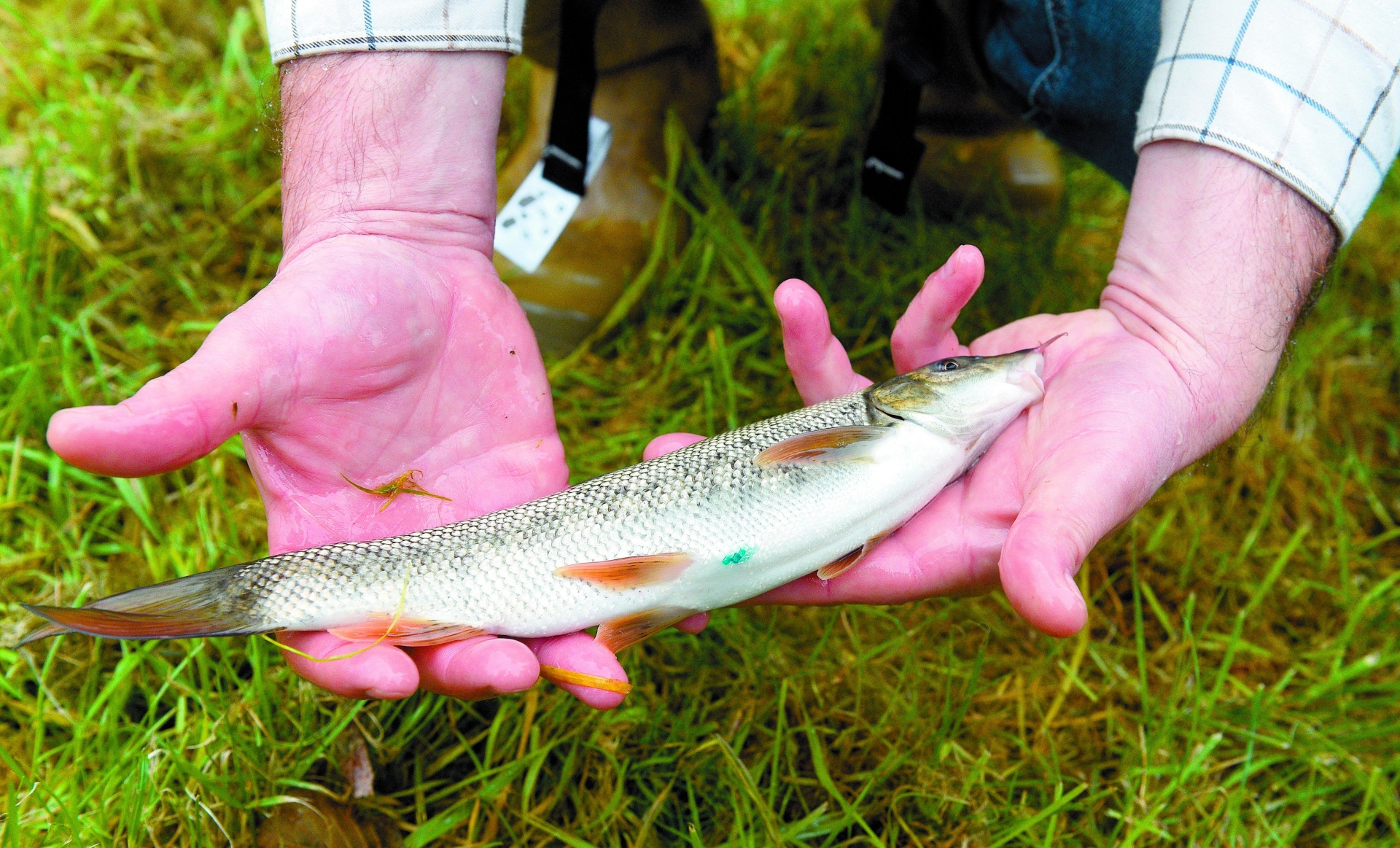
Steve added: “We restored one this year and we’ve got two more being restored over the next year or so.”
Last month, St Patrick’s Stream was restocked with more than 1,000 fish, with barbel, chub, dace and roach being introduced to the water.

The Environment Agency provided 300 of each species from its Calverton Fish Farm near Nottingham, and some fish were also brought by the fishing club.
The barbel introduced at the stream were all marked so their survival rates and movement could be monitored.
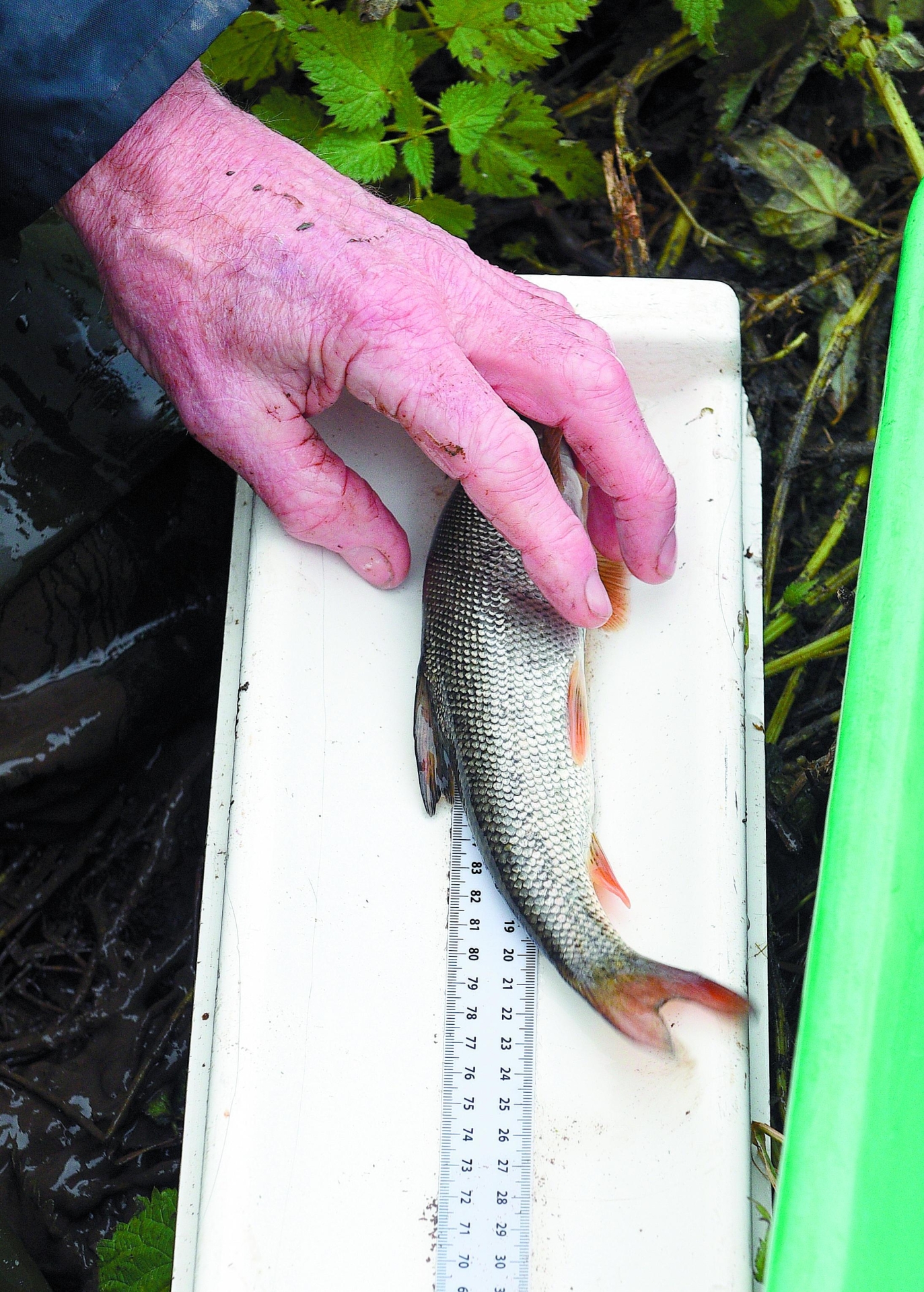
The LFCC has been involved in making habitat improvements in the catchment area, and chairman Martin Moore has been providing advice and help with the restoration and restocking of fish in St Patrick’s Stream.
He provided support with various aspects of the project, including advising the club on where to put the gravel, in accordance with a plan approved by the Environment Agency.
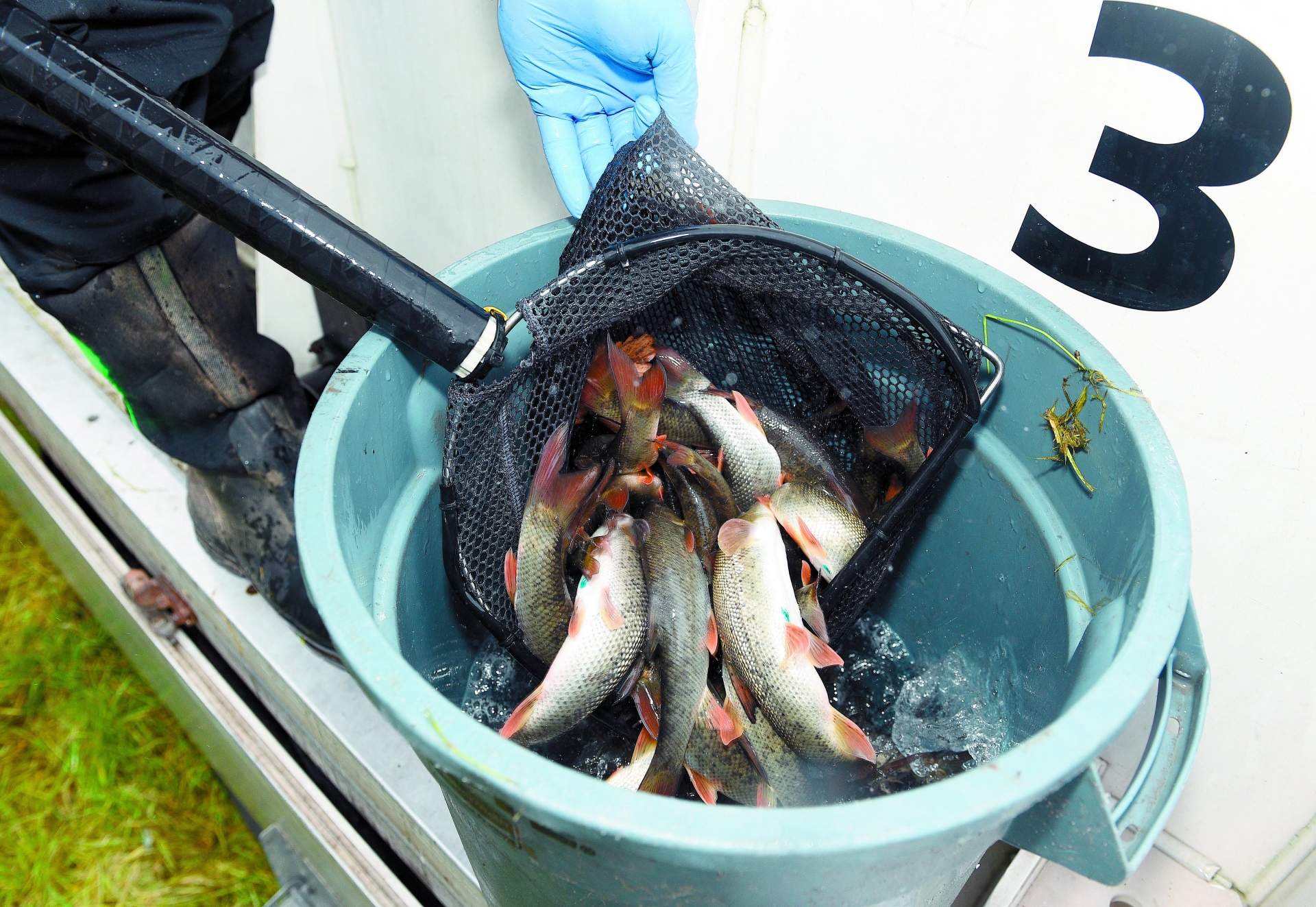
Martin was also involved in the marking of the barbel bought by the fishing club.
Reflecting on the project, Martin added: “I just want the environment to be better for everything. “If the barbel start reproducing naturally then that shows us things are going the right way.”
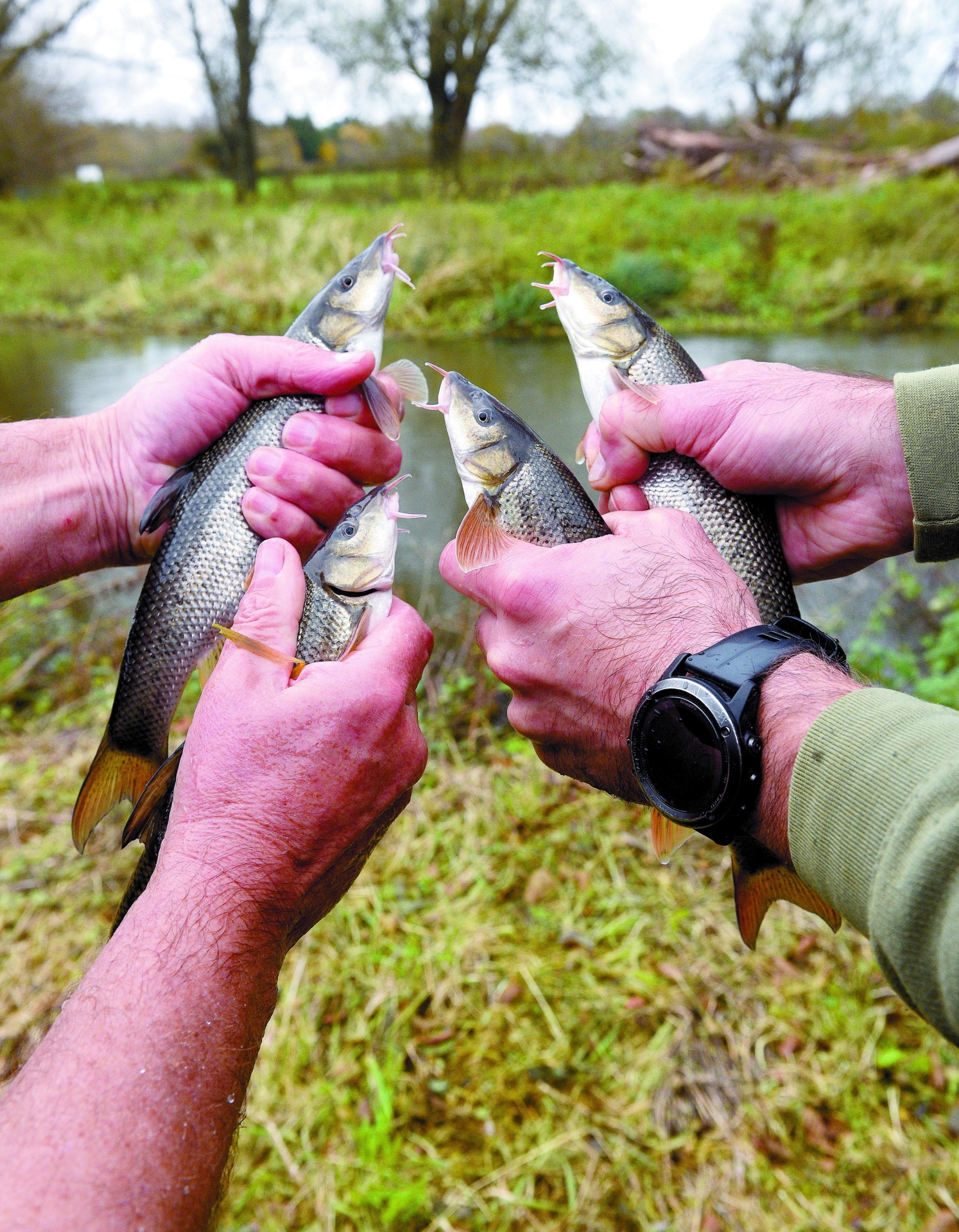
As part of the project the Environment Agency has been providing advice on potential improvements that could be made to St Patrick’s Stream.
Almost a year ago, Adrian Bicknell, fisheries and technical officer for the Environment Agency covering the River Wey and River Loddon catchments, walked the stretch of river with the TDFC and pointed out ‘some potential habitat improvement work that they could do to improve habitat for fish and for other wildlife’.
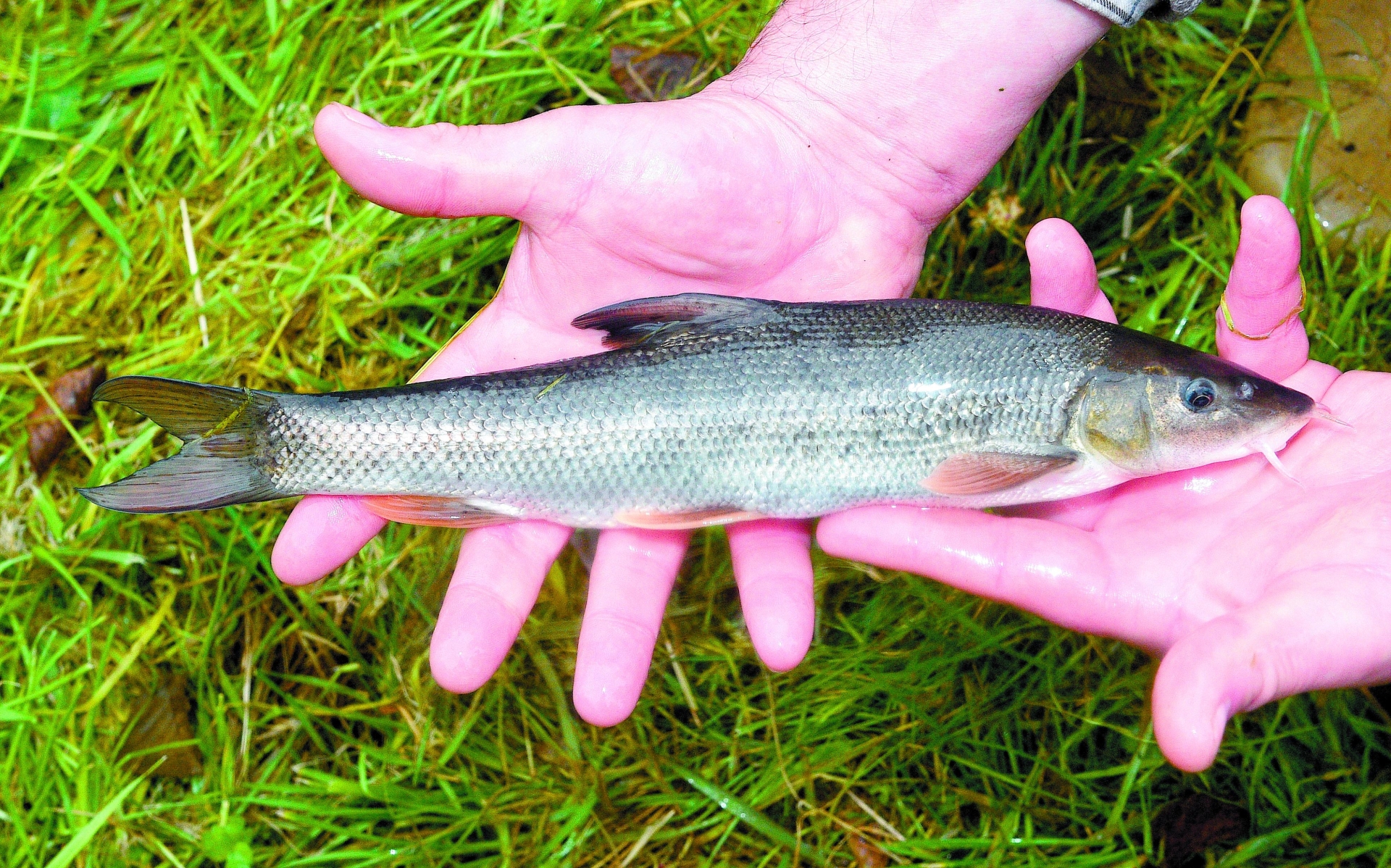
“A lot of the work that was pointed out was the introduction of gravel, so we donated initially 40 tonnes of gravel to the angling club, which they introduced to the river to improve habitats for gravel spawning fish,” he said.
He added the club has also created some backwater habitats at the edge of the river for small fry fish (juvenile fish) when there are high water levels, ‘to prevent them getting washed downstream’.
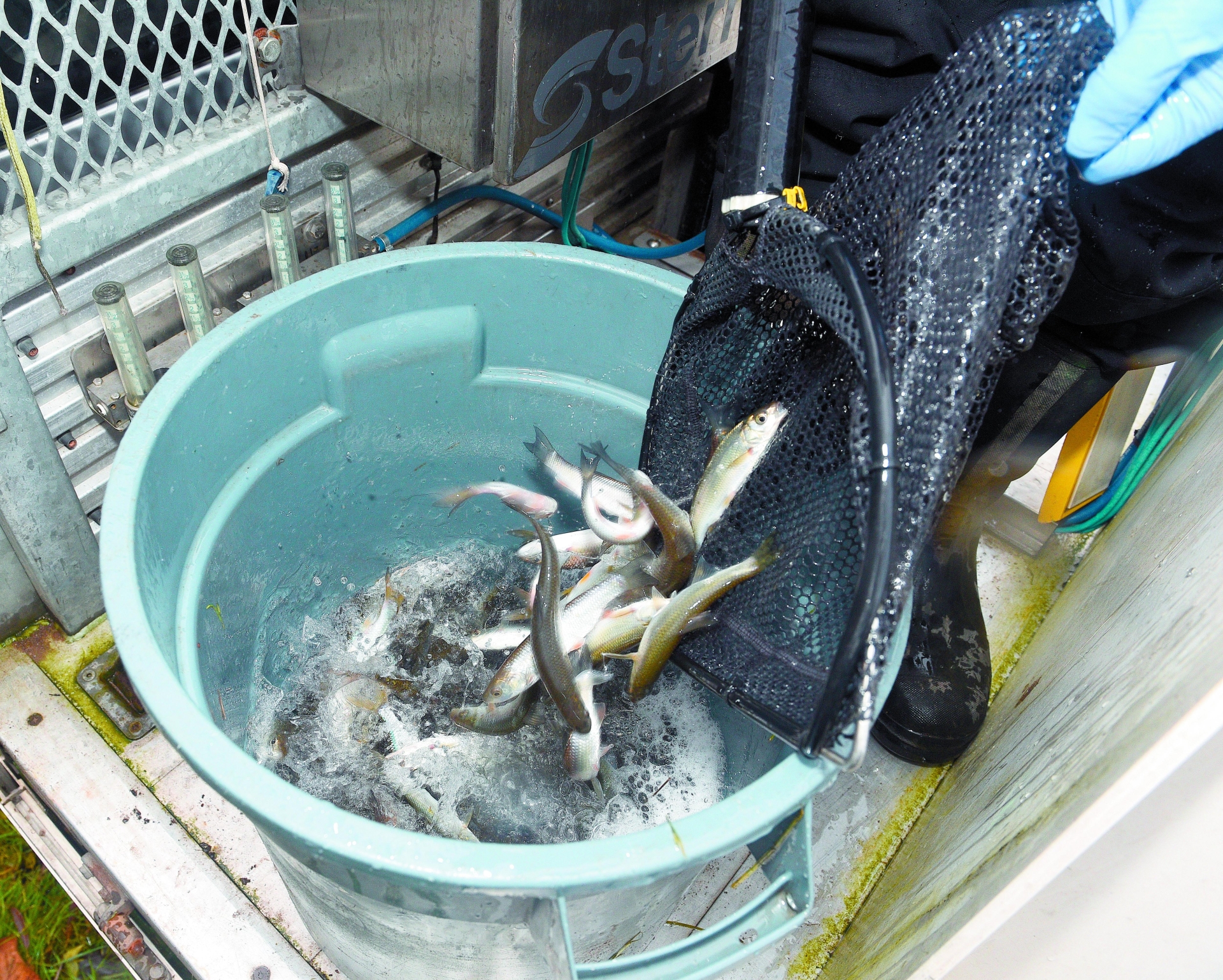
“That’s another great way of trying to improve fish populations,” Adrian explained.
Adrian said TDFC has also been successful in obtaining £9,500 of funding from the Environment Agency’s Fisheries Improvement Programme.
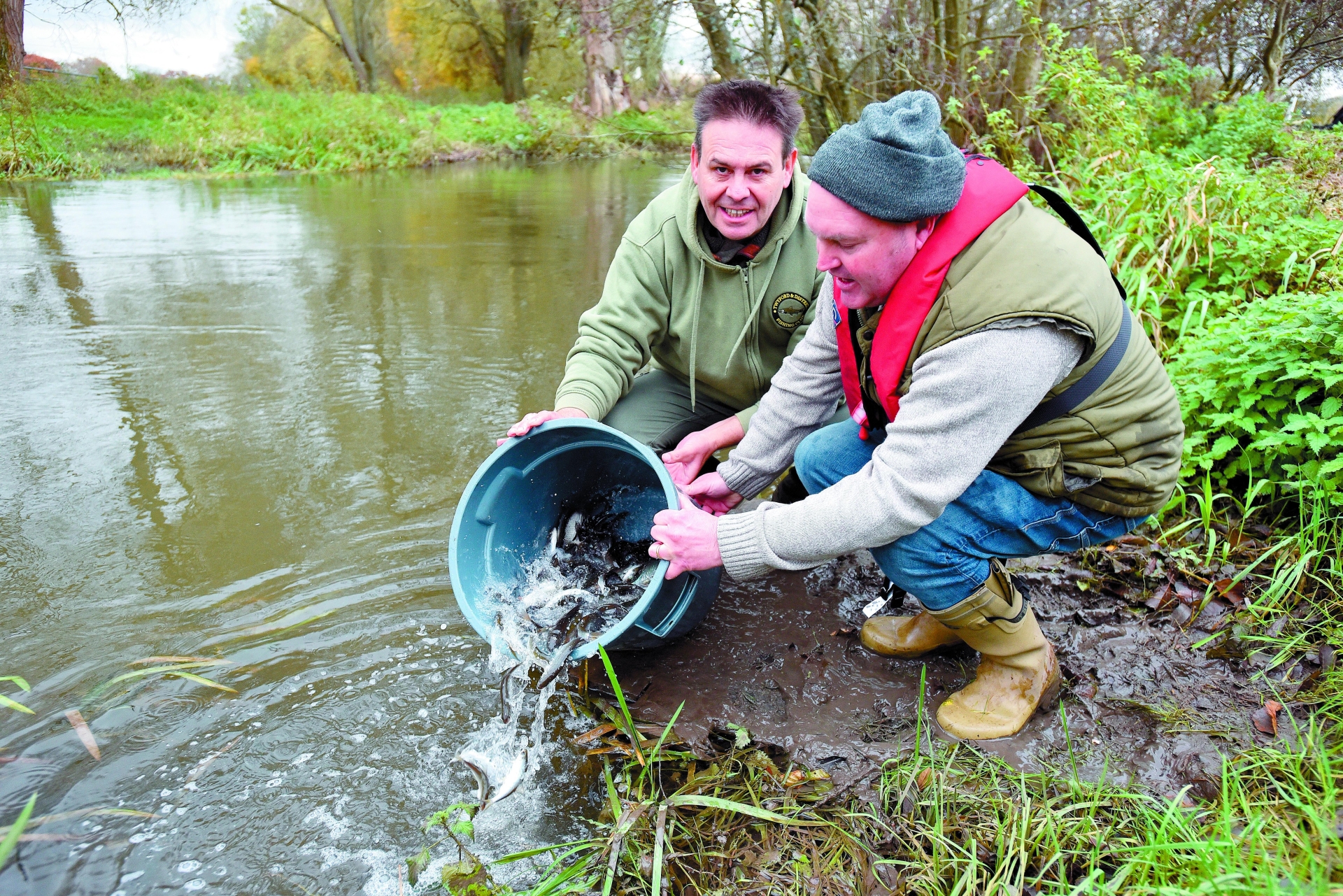
There are hopes to carry out further works next year and the angling club would also like to put some flow deflectors into the water.
“We really hope that the work that we’ve carried out will improve natural spawning for fish and improve angling in years to come down there,” Adrian said.
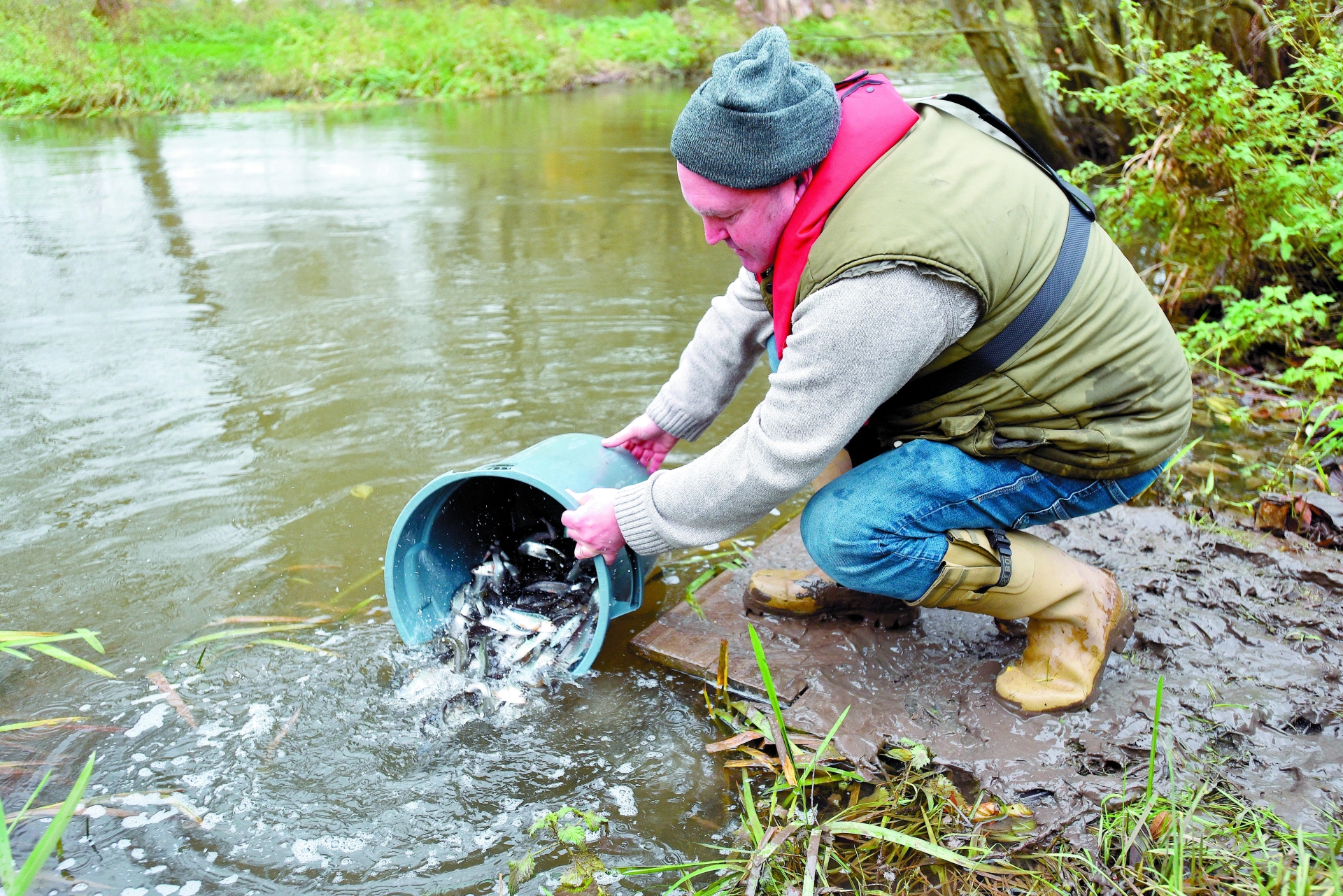
TDFC is currently seeking a pond or lake to rent in a 10- mile radius of the village.

For more information, visit: www.tdfc.org.uk/
